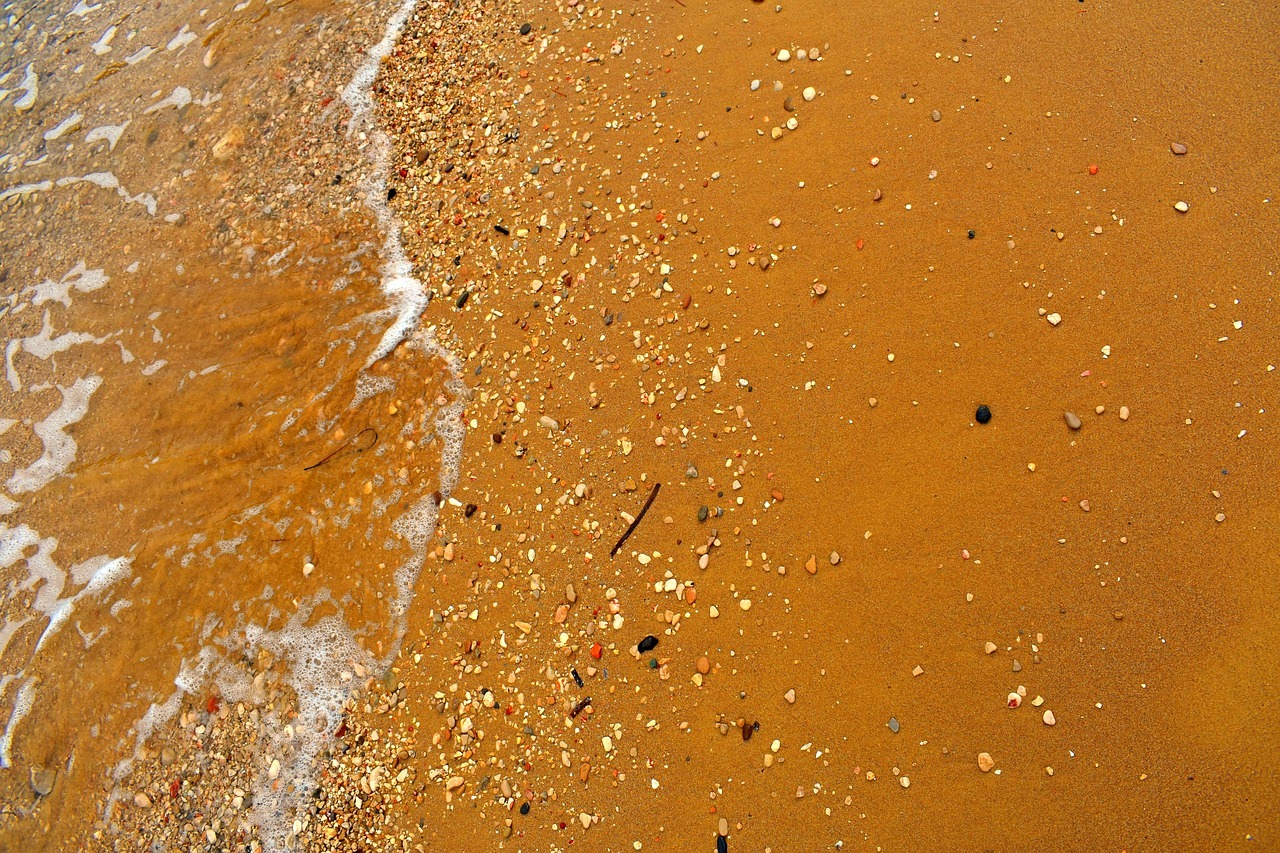Often red or brown in color, a red tide can be observed along a marine coast. Red tide is a type of algal bloom, which occurs on the coast when algae (a plant-like microscopic organisms in a body of water) grows out of control. The overgrown algae cause the water to change color, thus the name red tide. It can be hazardous to human health and sea life.
In the United States, at least three species of dinoflagellates and one diatom species are responsible for the toxic mess of red tides that appear in three main coastal areas. Dinoflagellates are a type of phytoplankton that lives in freshwater and marine habitats. Sudden large increases of their growth are thought to be caused by changes in temperature, water depth, salinity, and sometimes, human activities like the addition of nutrients to water due to agricultural runoff.
Causes of Red Tide
Red tides are caused by algae, which are tiny, microscopic organisms that grow on water. All bodies of water with living organisms have some algae, but in a red tide, there’s a lot more algae than usual. The water changes its color to something reddish, brownish or green. Red tides have been around in areas where there weren’t any humans, but certain human activities make red tides more frequent.
Chemicals from factories, farming, sewage treatment plants, and other sources can become dissolved in water. This runoff water that eventually flows to the ocean can cause algae to grow faster, leading to red tides.
Climate change also makes red tides more frequent and complicates it occurrence. Wind and temperature increases, and with more wind stirring up the nutrients, dinoflagellates that cause algal bloom gets food easier.
As climate change increases the frequency and intensity of hurricanes, algal blooms are moved to new locations.
Also, nutrients from excess fertilizer on farms and lawns can contribute to algal blooms if it runs into the ocean. Karenia brevis, a type of toxic algae, lives in the Gulf of Mexico, and produces red tides that affect Texas, Alabama, Louisiana and Florida. This specie of algae is increasing in Florida’s waters, and has become more abundant all-year round today compared to the 1950s, due to higher amount of nutrients.
Effects of Red Tide on Animals
Red tides are also known as harmful algal blooms for a reason. The algae, which are eaten by marine animals, can cause fish kills. It causes dead fish getting washed up on the shores by the thousands. Now, those dead fishes cause sickness and death on those animals that prey on them, like whales, sharks, and sea turtles. The toxins can even produce foam that causes the seabirds to lose the waterproofing on their feathers, resulting to death.
Effects of Red Tide on Humans
Most species of phytoplankton aren’t harmful to humans, but they are a beneficial food source for larger mammals and fishes. However, then the phytoplankton blooms so fast that they become visible on the surface of the water, it can cause marine toxin-related illnesses.
Humans can be sickened by the toxins in the water or in tainted seafoods like shellfish. K. brevis produces a number of brevetoxins that may cause respiratory problems, especially for people with allergies and asthma. It can also constrict bronchial passages and interfere with breathing.
Organisms that consume harmful algal bloom get the neurotoxin that the dinoflagellates contain. Different kinds of toxins can be found in shellfish that eat the harmful dinoflagellates, causing paralytic shellfish poisoning in humans. People who consume shellfish that ingested saxitoxin can experience symptoms like diarrhea, vomiting, disorientation, amnesia, memory loss, paralysis and nausea. These problems can eventually worsen to severe problems with the gastrointestinal, neurological, or respiratory symptoms. Most death caused by shellfish poisoning are caused by respiratory failure.
The toxins caused by algal blooms can become airborne as well. This can cause asthma attacks to a number of people, sending them off to hospital emergency rooms.
Besides health effects, red tides cause an estimated $82 million in economic losses per year due to fishing and beach closures, as well as drops in tourism and seafood revenues. Seafood restaurants nearby take local fish and shellfish off the menu, causing sales to drop.
Solutions for Red Tides
For small lakes and canals, treatments of aluminum sulfate are sometimes used to fight algal blooms. However, this isn’t effective for use in a larger body of water like an ocean. During the 1950s, scientists tried to use copper sulfate. However, it killed not just the algae but also everything else in the water.
While it’s hard to prevent algal bloom or kill the algae without harming other marine creatures, the best fix is to mitigate through forecasting. Scientists have created red tide forecasts to let people know how safe a bay area is for recreation and fishing. The forecasts make use of satellite images to estimate the size and impact of an algal bloom.
NOAA has introduced the HABscope, which is a tool for citizen scientists to help collect data regarding the blooms. HABscope is a miniature microscope that attaches to a smartphone and allows any user to capture short videos of water samples collected from different locations in Florida. The scientists then determine the risk and severity of a bloom by counting the number of microalgae cells in the water sample.

